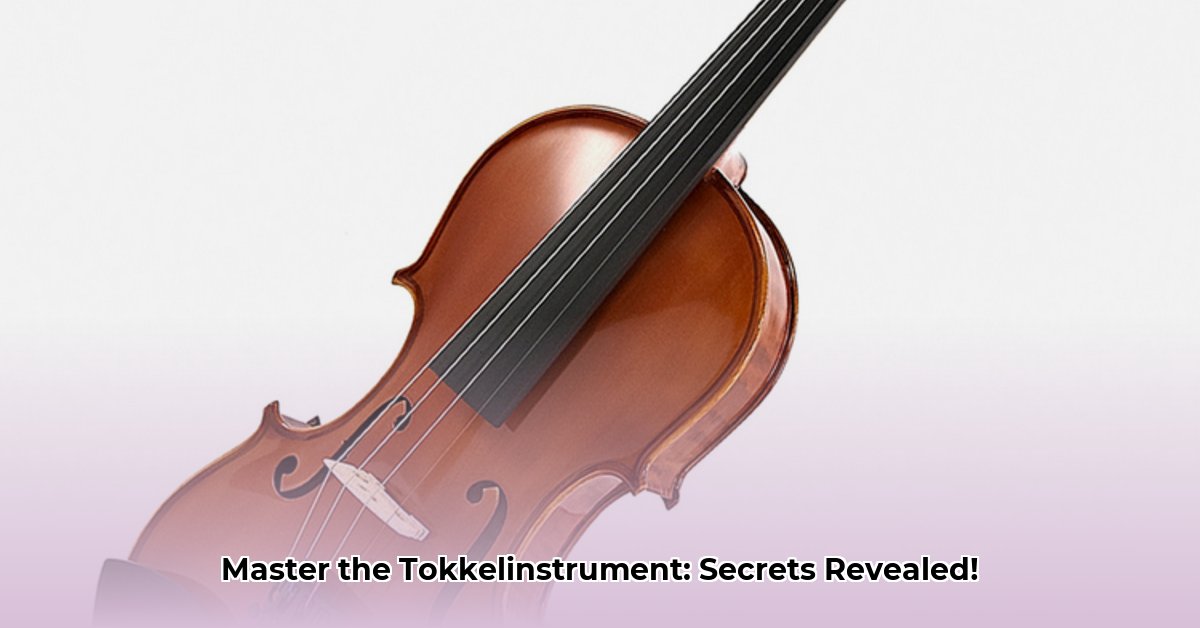
A Historical Overview: Tracing the Evolution of Plucked String Instruments
The tokkelinstrument, a term encompassing a vast array of plucked string instruments, boasts a rich and complex history spanning millennia and diverse cultures. From the ancient lutes of Mesopotamia to the modern electric guitar, these instruments have undergone significant evolution, reflecting cultural shifts and technological advancements. Early instruments, often constructed from readily available materials like wood and animal gut, demonstrated basic designs that laid the foundation for future innovations. The development of new materials and construction techniques over time has dramatically influenced the sonic capabilities and ergonomic design of these instruments. The emergence of distinct instrument families, such as lutes and zithers, is a testament to the continuous adaptive process of instrument design to satisfy evolving musical expressions and cultural preferences. Understanding this historical context is vital for appreciating the complexity of the modern tokkelinstrument.
Classification Challenges: Navigating the Ambiguities
The classification of tokkelinstrumenten presents significant challenges. A simplistic approach, such as categorizing instruments solely based on whether they are acoustic or electric, fails to capture the nuanced diversity of these instruments. For instance, consider the pizzicato technique used on string instruments like violins and double basses. These instruments are typically considered bowed, yet the plucked pizzicato style significantly impacts their classification. Furthermore, the incorporation of electronic pickups and amplification systems blurs the lines even further, creating hybrid instruments that defy traditional categorization. The development of digital modeling and virtual instruments adds another layer of complexity, making accurate classification even more difficult. This highlights the need for a more sophisticated and inclusive system.
Typology of Plucked Instruments: A Proposed Classification System
To address the limitations of existing systems, we propose a nuanced classification system considering historical context, playing technique, and technological features. This system utilizes a hierarchical structure, allowing for a comprehensive and flexible classification framework:
I. Primary Instrument Family:
- Lute Family: Instruments with a neck and body, typically plucked with fingers or a plectrum. (e.g., Oud, Lute, Sitar, Ukulele, Banjo)
- Zither Family: Instruments with strings stretched over a resonating surface, often plucked with a plectrum. (e.g., Zither, Koto, Autoharp)
- Harp Family: Instruments with a vertical frame and multiple strings, plucked with the fingers. (e.g., Harp, Lyre)
II. Playing Technique:
- Direct Plucking: Strings plucked directly with fingers or a plectrum.
- Mechanical Plucking: Strings plucked by a mechanical device. (e.g., Player piano adaptations)
- Hybrid Techniques: Instruments employing a combination of plucking and other techniques (e.g., bowed and plucked instruments)
III. Technological Enhancements:
- Acoustic: Unmodified instruments relying solely on acoustic resonance.
- Electro-Acoustic: Acoustic instruments incorporating electronic pickups for amplification.
- Electric: Instruments designed for and relying on electronic amplification.
This system allows for capturing the diversity of tokkelinstrumenten while acknowledging its historical development and technological advances. Further refinements could incorporate materials, construction techniques, and regional variations for even finer granularity.
Materials and Construction: Shaping Sound and Playability
The materials used in the construction of tokkelinstrumenten significantly influence both the instrument’s sound and its playability. Traditional instruments often employed readily available materials, such as wood for the body and gut or silk for the strings. Modern instruments utilize a wider range of materials, including synthetic polymers and advanced composites, leading to innovations in both sound and durability. The choice of wood, for instance, impacts the resonance characteristics and tonal qualities of the instrument, while the type of string significantly affects the instrument's timbre and projection. These materials significantly influence the instrument's sound and maintainability.
Ergonomics and Performance: The Human Factor
The ergonomics of tokkelinstrumenten play a crucial role in shaping performance techniques and musical expression. The size, shape, weight, and string spacing significantly influence the player's comfort, ease of playing, and technical capabilities. Instruments designed for different playing styles and musical genres showcase varied ergonomic designs. A small ukulele, for instance, is designed for portability and ease of use, while a large bass guitar requires different playing techniques due to its size and string spacing. This interaction between instrument design and human interaction underscores the vital role of ergonomics in shaping the sonic outcome.
Future Directions: Emerging Trends and Research Opportunities
The future of tokkelinstrumenten is ripe with potential. Ongoing research focuses on advancing instrument design through the incorporation of new materials and technological innovations. This includes exploring the potential of advanced composites, 3D-printing technologies, and other innovative manufacturing techniques to craft new instruments with unique sonic and visual characteristics. Furthermore, research into human-computer interaction and digital technologies may lead to further integration of digital signal processing and modeling techniques to create hybrid instruments. These developments hold immense promise for reshaping the creative landscape for both instrument makers and musicians.
Conclusion: Embracing the Complexity
The study of tokkelinstrumenten requires a multifaceted approach, acknowledging the rich historical context, the challenges of accurate classification, and the continuous influence of technological advancements. A nuanced classification system, incorporating historical lineage, playing techniques, and technological enhancements, is essential for a comprehensive understanding of this diverse family of instruments. Continued research in material science, ergonomics, and technological innovation promises to further expand the fascinating world of tokkelinstrumenten, enriching musical expression and pushing the boundaries of creative exploration.